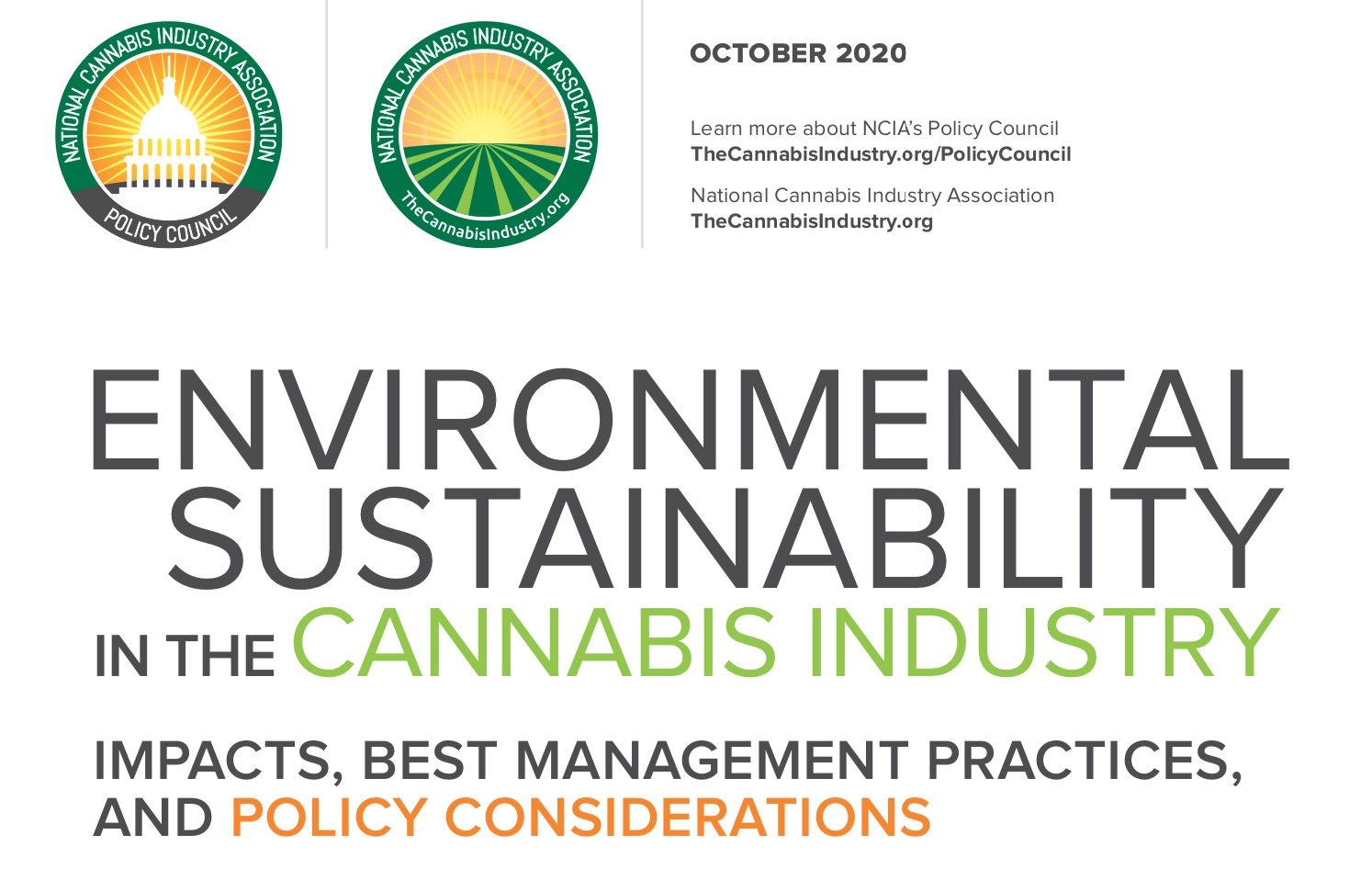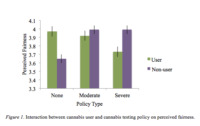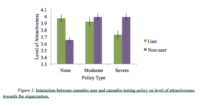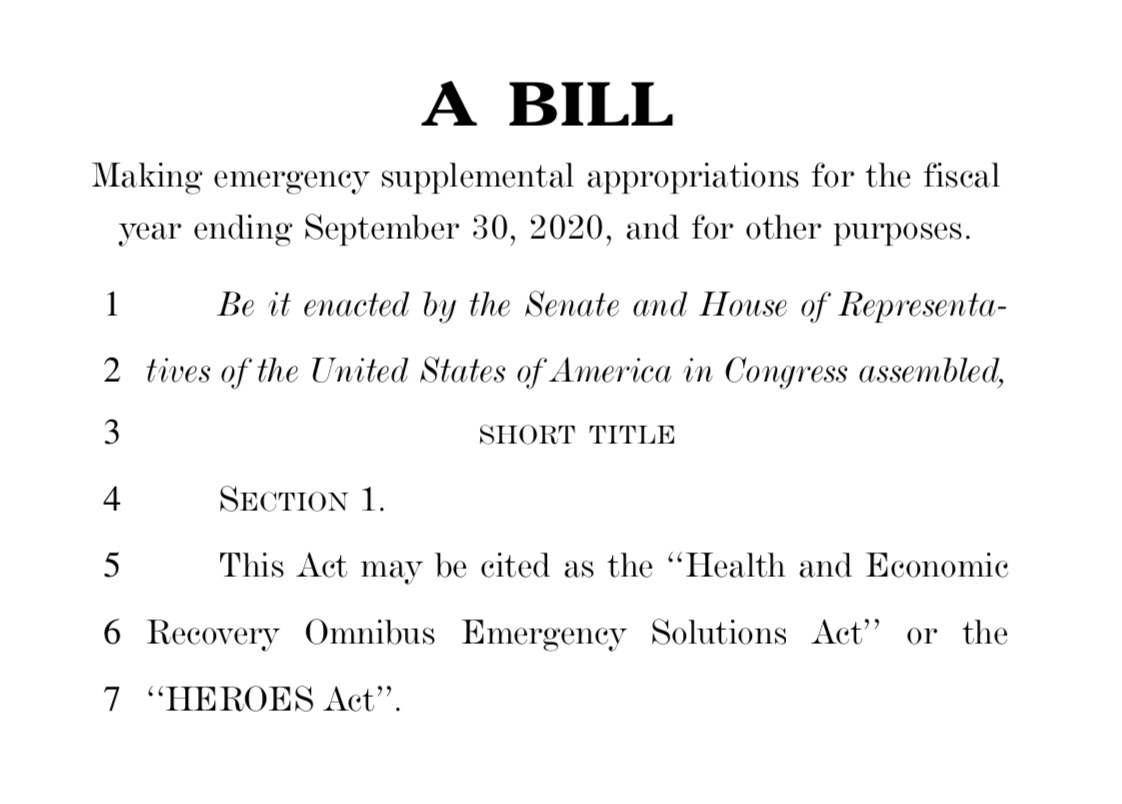On Wednesday, March 25, the United States Senate approved an estimated $2-trillion stimulus package in response to the economic impact of the COVID-19 outbreak. The legislation, formally known as the “Coronavirus Aid, Relief, and Economic Security Act” (or the CARES Act), was approved by the Senate 96-0 following days of negotiations. One of the most highly anticipated provisions of the CARES Act, the “recovery rebates” for individuals, will provide a one-time cash payment up to $1,200 per qualifying individual ($2,400 in the case of eligible individuals filing a joint return) plus an additional $500 for qualifying children (§6428.2020(a)). The CARES Act, which remains subject to House approval, also prescribes an additional $500 billon in corporate aid, $100 billion to health-care providers, $150 billion to state and local governments and $349 billion in small business loans in an effort to provide continued employment and stabilize the economy. The legislation further provides billions of dollars in debt relief on existing loans.
CARES Act – Paycheck Protection Program
Under the CARES Act, small businesses who participate in the “Paycheck Protection Program” can receive loans to cover payroll expenses, group health care benefits, employee salaries, interest on mortgage obligations, rent, and utilities (§1102(F)(i)). To qualify for these small business loans, businesses must employ 500 employees or less, including all full-time and part-time employees (§1102(D)). Eligible recipients must also submit the following as part of their loan application: (i) documentation verifying the number of full-time equivalent employees on payroll and applicable pay rates; (ii) documentation verifying payments on covered mortgage obligations, payments on covered lease obligations, and covered utility payments; and (iii) a certification that the documentation presented is true and the amounts requested will be used to retain employees and make necessary payments (§1106(e)). The CARES Act delegates authority to depository institutions, insured credit unions, institutions of the Farm Credit System and other lenders to provide loans under this program (§1109(b)). The Treasury Department will be tasked with establishing all interest rates, loan maturity dates, and all other necessary terms and conditions. Prior to issuing these loans, lenders will consider whether the business (i) was in operation as of February 15, 2020, (ii) had employees for whom the business paid salaries and payroll, or (iii) aid independent contractors as reported on a Form 1099-MISC (§1102(F)(ii)(II)).
What Does This Mean for Cannabis Businesses?
Due to the continued Schedule I status of cannabis (excluding hemp) under the Controlled Substances Act (CSA), cannabis businesses are not eligible to participate in the Paycheck Protection Program intended to keep “small businesses” afloat during the current economic crisis. Because federal law still prohibits banks from supporting marijuana businesses, financial institutions remain hesitant to service the industry, as anti-money laundering concerns and Bank Secrecy Act requirements (31 U.S.C. 5311 et seq.) are ever-present. As a result, even if cannabis businesses technically qualify to receive federal assistance under the Paycheck Protection Program, they will face an uphill battle in actually obtaining such loans.
Cannabis Businesses Are Also Precluded from “Disaster” Assistance
Moreover, the conflict between state and federal law continues to prevent cannabis business from receiving assistance from the U.S. Small Business Administration (SBA) under the Coronavirus Preparedness and Response Supplemental Appropriations Act (H.R. 6201). In light of the COVID-19 outbreak, the SBA revised its “Disaster Loan” process to provide low-interest “Disaster Loans” to eligible small businesses. To qualify for these loans, a state must submit documented business losses for at least five businesses per county. The problem, however, is that the SBA still refuses to assist state-legal cannabis businesses in equal need of small business loans. Specifically, in a 2018 Policy Notice, the SBA reaffirmed that cannabis businesses – and even some non “plant-touching” firms who service the cannabis industry – cannot receive aid in the form of federally backed loans, as “financial transactions involving a marijuana-related business would generally involve funds derived from illegal activity.” The 2018 Policy Notice clarified that the following business are ineligible to receive SBA loans:
(a) “Direct Marijuana Business” — a business that grows, produces, processes, distributes, or sells marijuana or marijuana products, edibles, or derivatives, regardless of the amount of such activity. This applies to personal use and medical use even if the business is legal under local or state law where the applicant business is or will be located.
(b) “Indirect Marijuana Business” — a business that derived any of its gross revenue for the previous year (or, if a start-up, projects to derive any of its gross revenue for the next year) from sales to Direct Marijuana Businesses of products or services that could reasonably be determined to support the use, growth, enhancement or other development of marijuana. Examples include businesses that provide testing services, or sell grow lights or hydroponic equipment, to one or more Direct Marijuana Businesses. In addition, businesses that sell smoking devices, pipes, bongs, inhalants, or other products that may be used in connection with marijuana are ineligible if the products are primarily intended or designed for such use or if the business markets the products for such use.
More recently, the SBA provided further clarification that cannabis businesses are not entitled to receive a cut of the federal dollars being appropriated for disaster relief because of the CSA’s continued prohibition of the sale and distribution of cannabis. Last week, the SBA reiterated that:
“With the exception of businesses that produce or sell hemp and hemp-derived products [federally legalized under the 2018 Farm Bill], marijuana related businesses are not eligible for SBA-funded services.” (@SBAPacificNW)
Consequently, because of the continued Schedule I status of cannabis under federal law, cannabis businesses will not be entitled to receive Disaster Loans from the SBA, regardless of whether they qualify as a struggling small business.
Resolving the Issue
While the federal government has been considering legislation, such as SAFE Banking and the STATES Act, to create a more rational federal cannabis policy, neither of these bills are likely to pass any time soon given the current COVID-19 pandemic.
At the end of the day, until Congress passes some form of federal cannabis legalization, these small businesses will remain plagued by the inability to receive financial assistance, as evinced by the Paycheck Protection Program.
 The 58-page report is quite comprehensive and covers things like land use, soil health, water, energy, air quality, waste and the negative effects of an unregulated market. While the report goes into great detail on specific environmental policy considerations, like recycling, water usage, energy efficiency and more, it makes a handful of overarching policy recommendations that impact environmental sustainability on a much more macro level.
The 58-page report is quite comprehensive and covers things like land use, soil health, water, energy, air quality, waste and the negative effects of an unregulated market. While the report goes into great detail on specific environmental policy considerations, like recycling, water usage, energy efficiency and more, it makes a handful of overarching policy recommendations that impact environmental sustainability on a much more macro level.





























